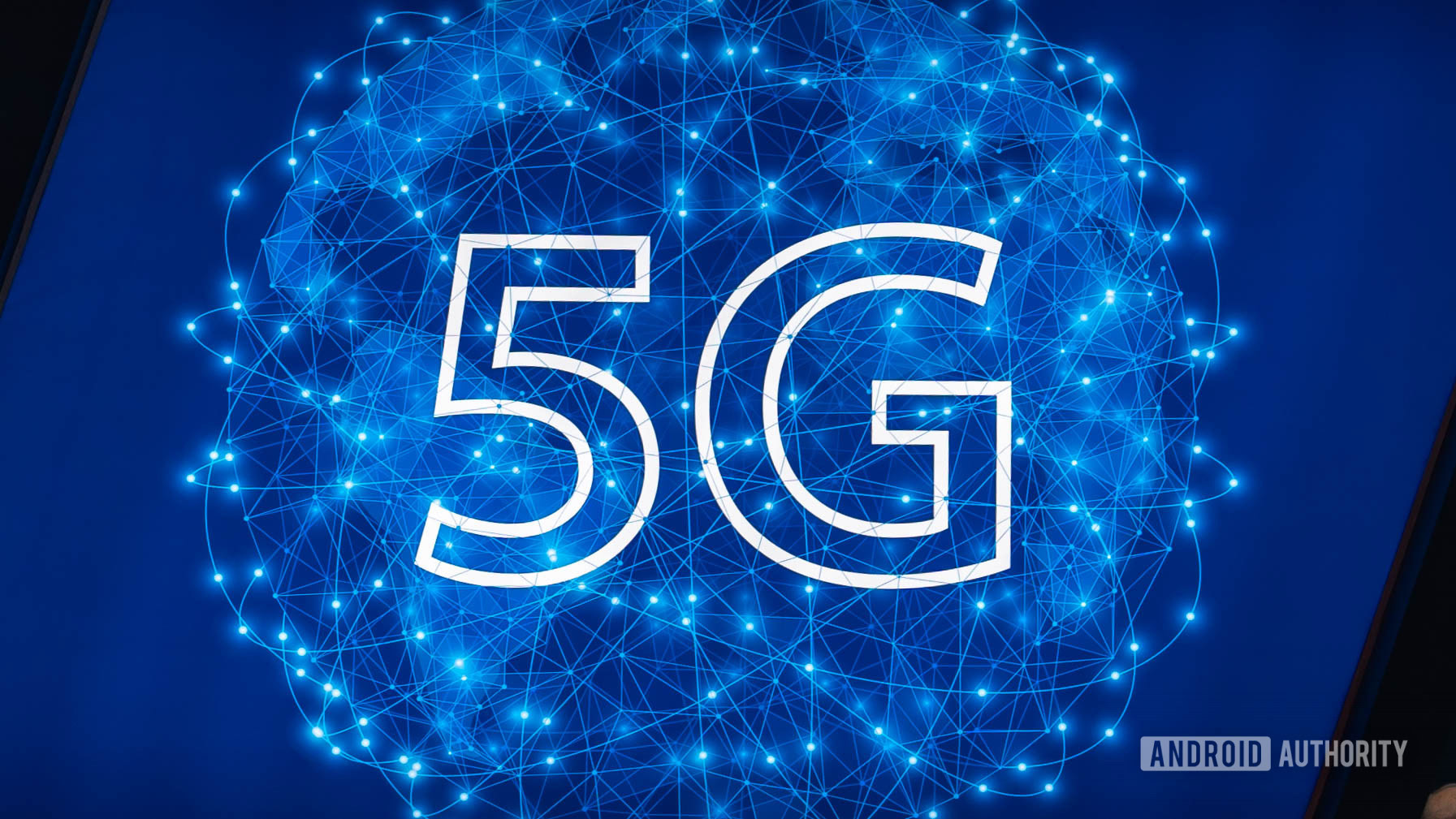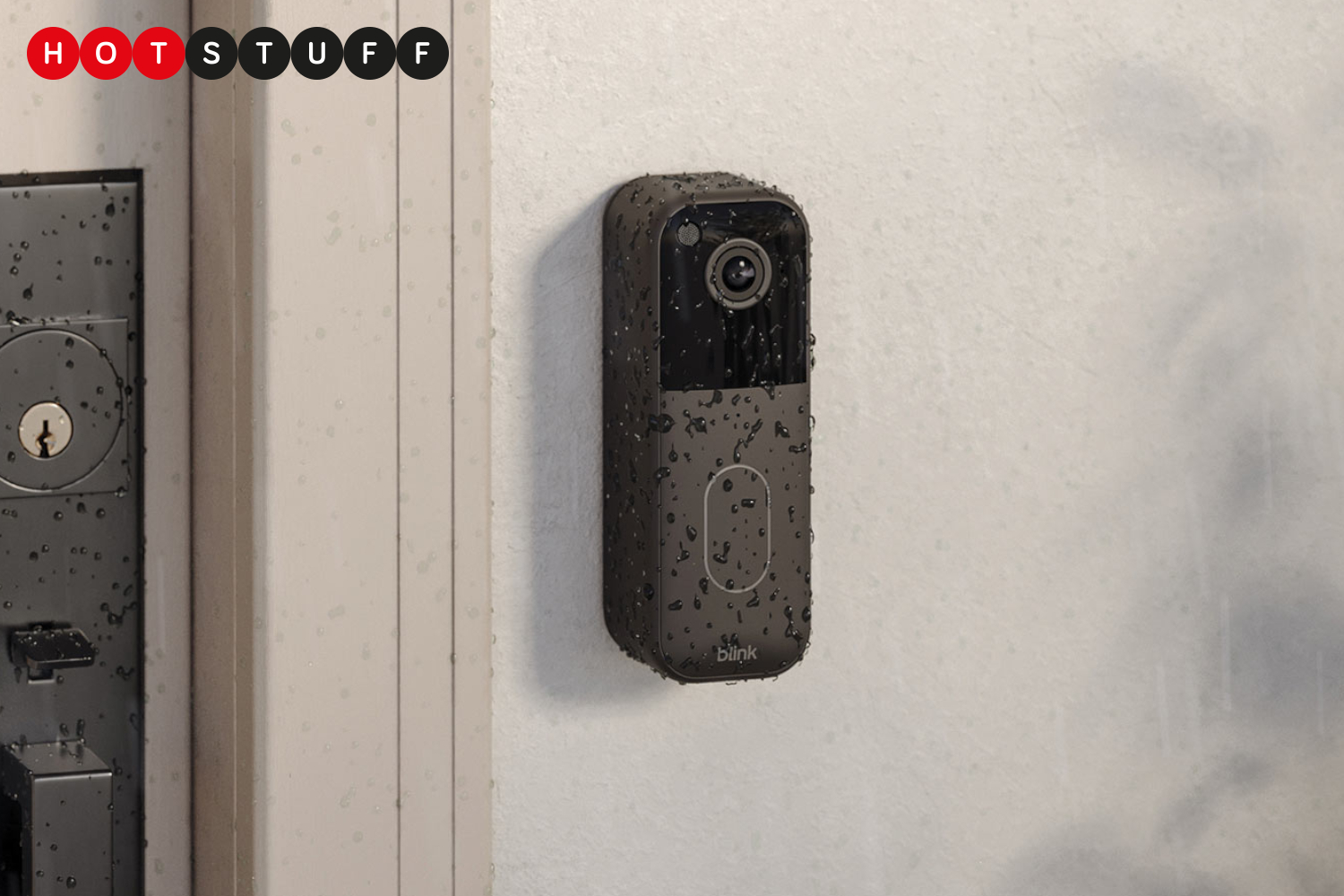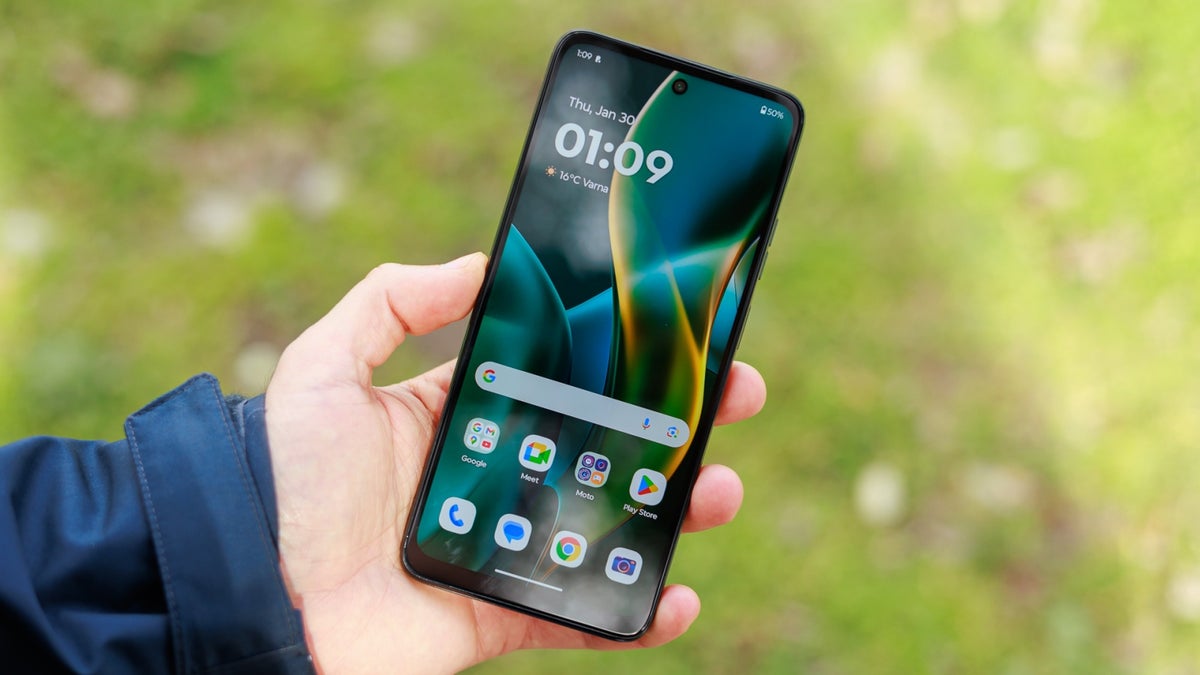Kris Carlon / Android Authority
In fact, a few of the industry’s bigwigs would probably rather we all forget about some of the absolutely outlandish claims and overenthusiastic visions they tried to sell us about 5G. But the internet never forgets, so it’s time for us to play “where are they now” with some of the worst nonsense from the turn of the decade.
Augmented reality everywhere

Edgar Cervantes / Android Authority
A lot of 5G marketing went in one ear and out the other with me, but I distinctly remember UK carrier EE teaming up with Kevin Bacon to launch the 5G-equipped Apple iPhone 12 Pro in an ad showcasing not only a drone delivery but an augmented reality Rita Ora “live” performance atop the London skyline.
I’ve never taken delivery by drone, but Amazon offers it in some places, and emergency services increasingly use drones in rural areas. However, this relies on GPS/GNSS and LiDAR, rather than 5G. And while it’s true that we’ve seen concerts and shows take place in virtual worlds, these certainly haven’t required 5G networks or AR goggles for access.
Qualcomm CEO Cristiano Amon was also bullish on AR back then. In 2021, he noted, “once you have the 5G network built,” he promised, “the phone is going to evolve to allow the element of augmented reality glasses. If you look at what’s happening with (VR), we’re getting to scale. I think it’s just the beginning of an inflection point.”
While it might be harsh to call this prediction absolutely wrong, augmented reality in our pockets remains a pipe dream. The best we still have today is the overpriced, heavily tethered $3,500 Apple Vision Pro or smart glasses like the Ray-Ban Meta Wayfarer that are far more limited in scope. In both cases, 5G hardly factors into their appeal.
A more convenient night’s stay
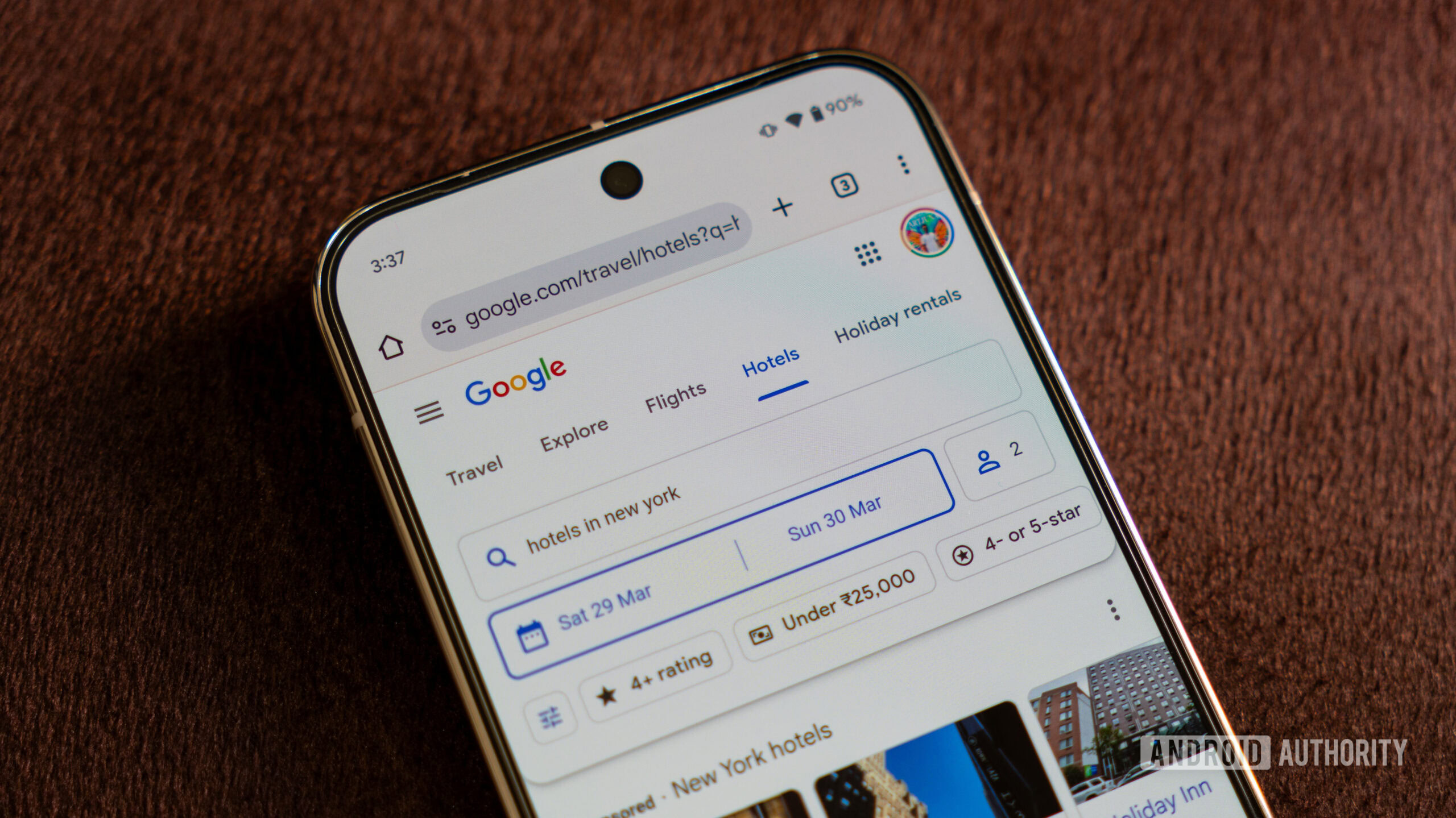
Aamir Siddiqui / Android Authority
Back when HUAWEI was a player in Western markets, it was one of the biggest proponents of 5G. In partnership with China Telecom, the two pledged to build the world’s first 5G smart hotel at the InterContinental Shijiazhuang.
Between facial recognition login, VR rowing machines in the gym, and robots to guide guests to their rooms and patrol the perimeter, this was billed as the future of hotel convenience. However, I’m not sure removing the personal touch is exactly the experience that five-star patrons are looking for.
The smart hotel idea also boasted more mundane prospects, such as 5G-powered conferencing, hotel room Wi-Fi (which would no doubt be insanely expensive powered by 5G), and cloud gaming. Nothing we can’t already accomplish with a trusty Ethernet port, then?
Smart cities
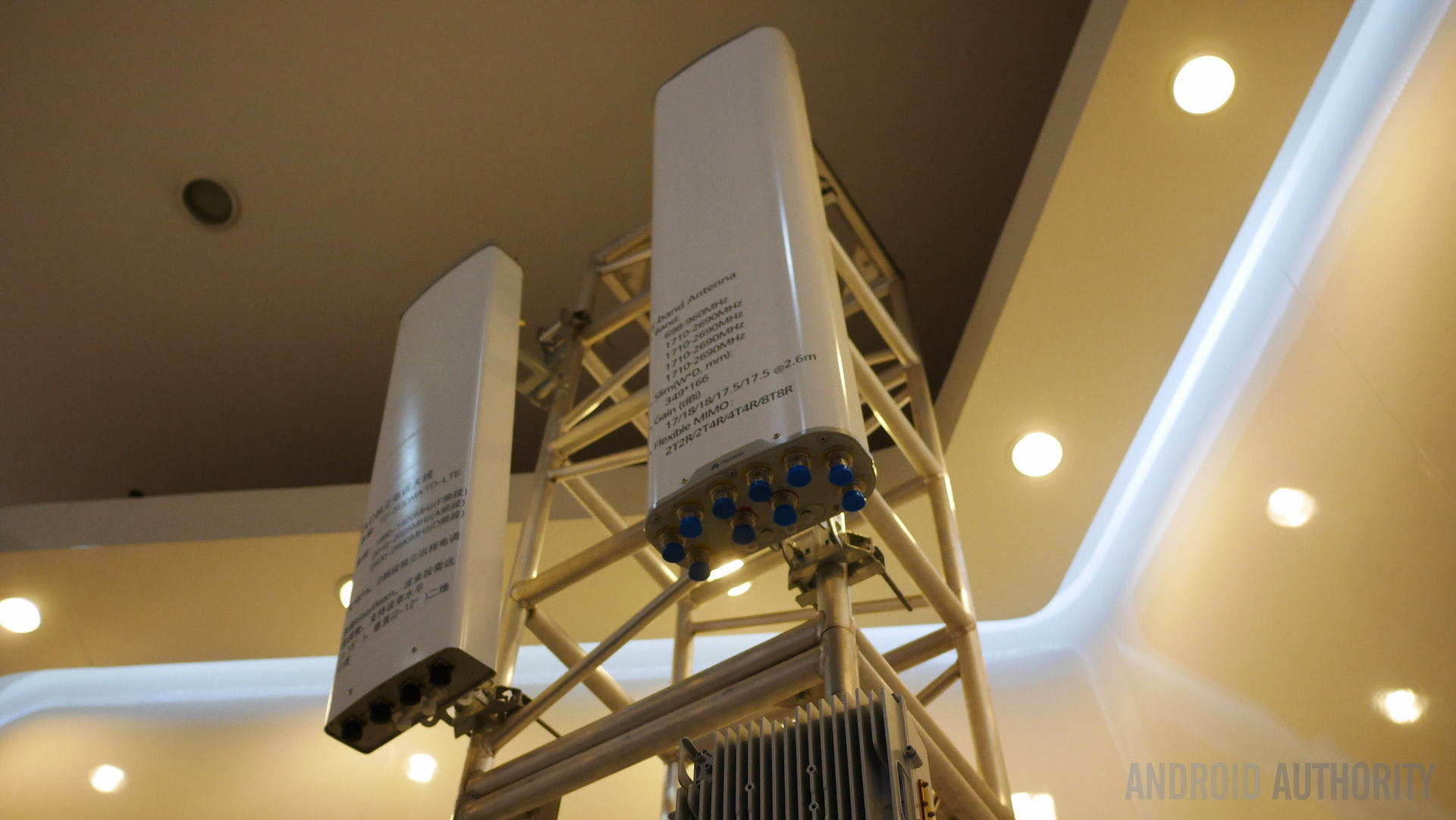
While using your XR-ready phone for shopping or staying in a robot-infested hotel might be quite personal experiences, others wanted to get in early to upsell their big-picture potential.
Vodafone UK took a “pragmatic” approach in the early years, claiming that heavily connected smart cities could leverage IoT across heating, cooling, and lighting systems to monitor energy use and identify efficiencies to save up to £580 million of public money. That’s a considerable lump of cash the current administration would love to find down the back of the sofa.
The US’s Verizon published similar ideas in a white paper, covering everything from energy and traffic management to smart buildings and even “smart government.” According to the company, autonomous cars, smart communities, industrial IoT, remote healthcare — they all will rely on 5G. But outside of a few demos, we’re still waiting.
While some aspects of smart cities may eventually become a reality with the adoption of non-standalone networks and 5G Advanced, hyping these up decades before they can conceivably become a reality remains laughably disingenuous.
On-the-road automotive updates
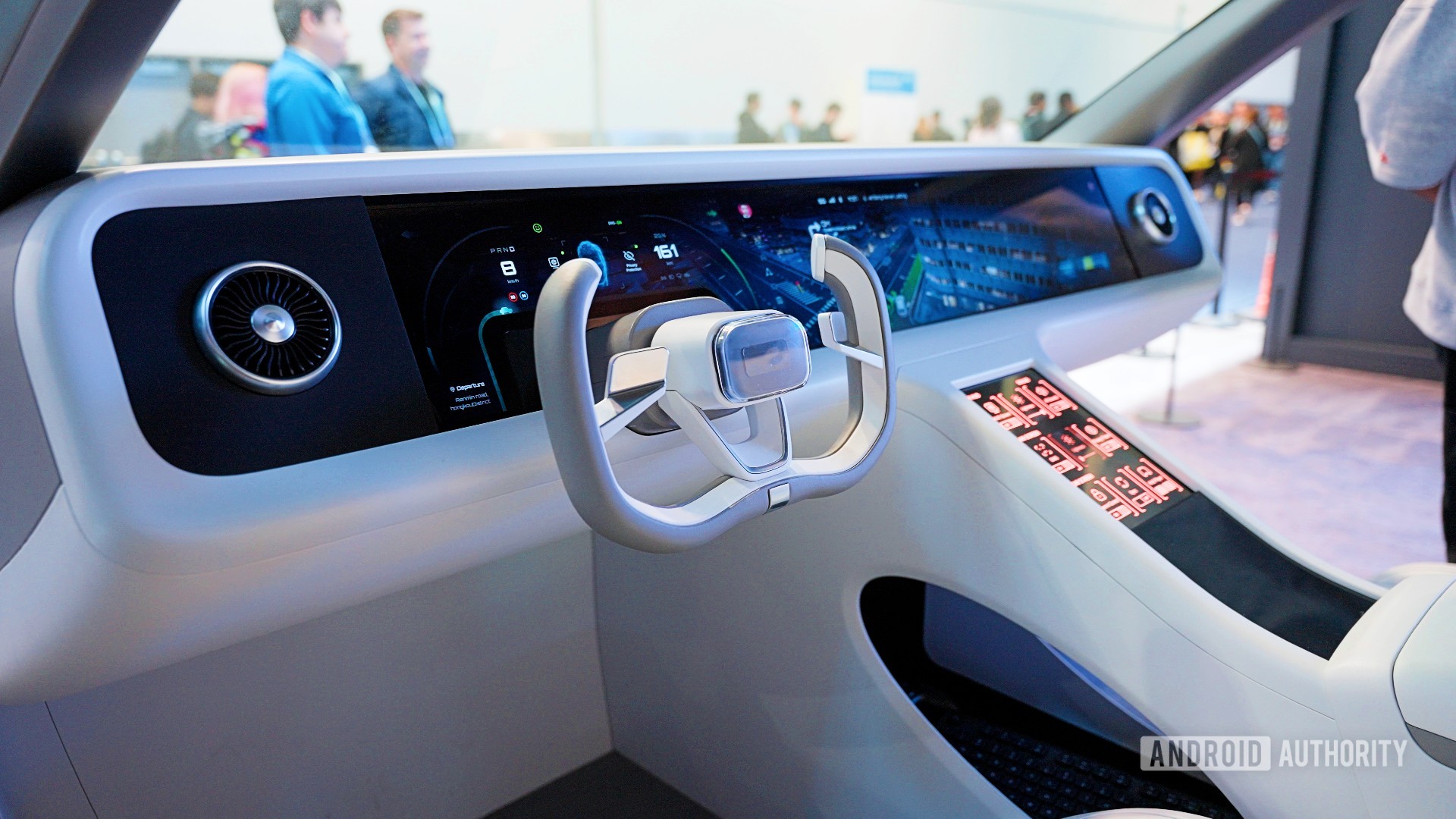
Damien Wilde / Android Authority
The promises of hugely connected smart cities, autonomous taxis, and roaming drone deliveries are undoubtedly the most memorable tropes trotted out to build hype in 5G, and none have to pass.
Back in 2019, Intel’s General Manager of 5G Strategy, Rob Topol, was incredibly enthusiastic about just how powerful fast inner city networks would be. “You could pull up to a stop light and a mmWave antenna can provide a burst download or update to the car. It can give you 100GBs within just a few seconds while you’re sitting at the intersection.”
It sounds great, but obviously, it’s still a far-flung fantasy all these years later. But let’s be generous and do the math for 100GB while stopped at a light for 30 seconds. That would require data speeds in the region of 27Gbit/s, a good 100x faster than the 240Mbps or so that US consumers see on the fastest 5G networks. No consumers see anything close to those speeds even when standing next to an mmWave tower. It was a fanciful claim back then and seems downright ridiculous now.
mmWave all the things
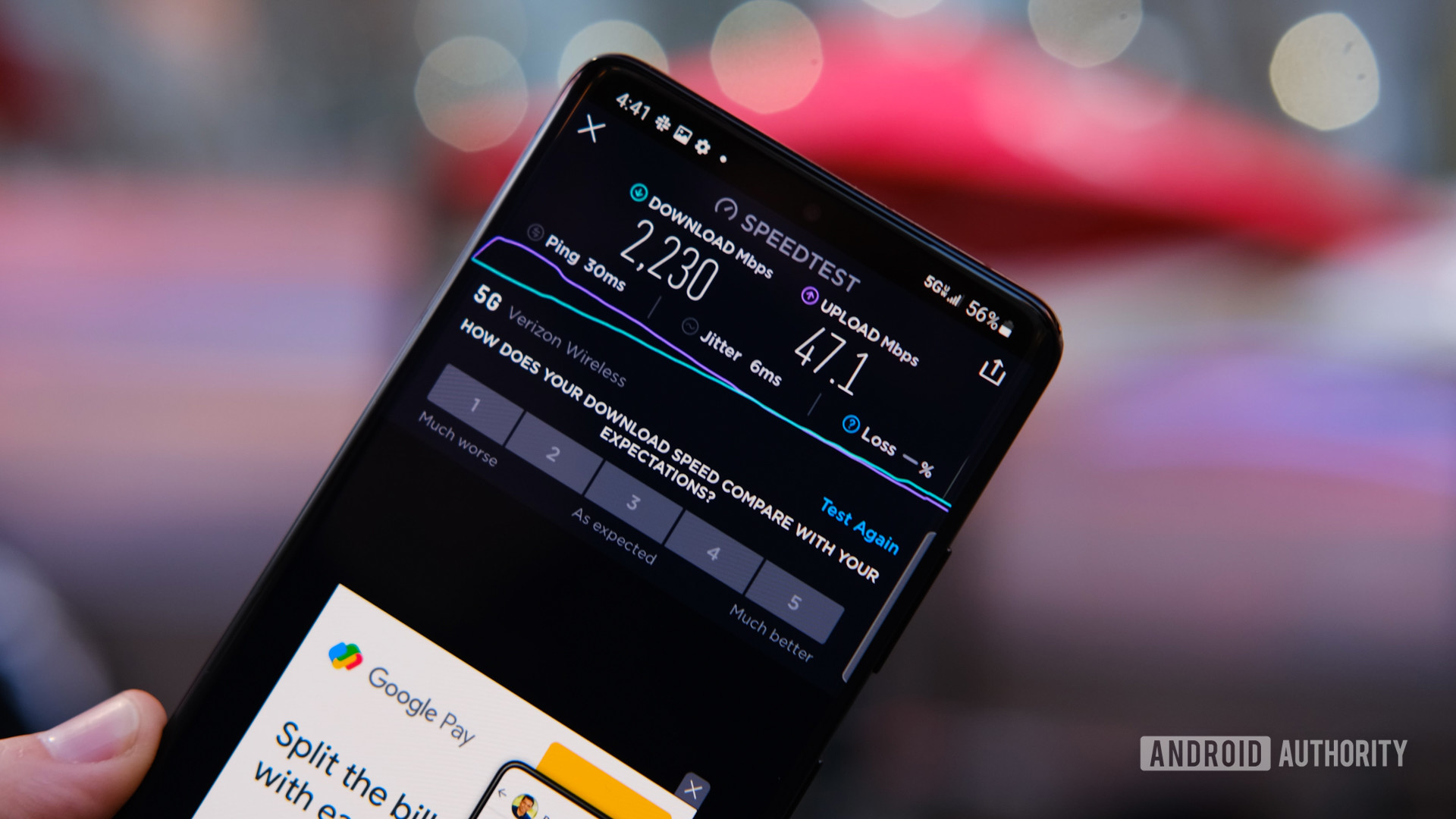
David Imel / Android Authority
Clearly, 5G hinged far too many hopes and promises on the mass rollouts of far more ultra-fast spectrum, known as mmWave. While mmWave certainly exists in parts of the US and other countries, it’s turned out to be widely expensive and limited in its potential coverage area.
While the carriers were obviously big on it, mmWave was all the talk at mobile chipset vendors too. MediaTek’s Finnbar Moynihan noted that “mmWave is the foundational fundamental technology that’s going to shape a lot of things that we can’t even imagine yet, because of the new spectrum, the big wide bandwidth it opens up, the latency,” Qualcomm was equally optimistic, highlighting that “5G NR mmWave is a new frontier for mobile” after successfully testing its first 5G modem on 28GHz spectrum.
But how many consumers are actually using mmWave today? Globally, very few. Even flagship smartphones rarely include mmWave components outside the US, while mid-range models continue to avoid support altogether.
While mmWave has certainly helped accelerate data speeds in areas where it’s available, its lack of widespread availability is a significant factor in 5G’s failure to hit its data speed and latency promises. If anything, it’s rather amusing to see Verizon blend its short-range mmWave coverage claims into wide-area 4GHz C-band deployment under the guise of “ultra wideband” to make its coverage map look a lot better. What started as a mmWave-only brand morphed into a catch-all for anything faster than basic 5G.
Build it and they will come
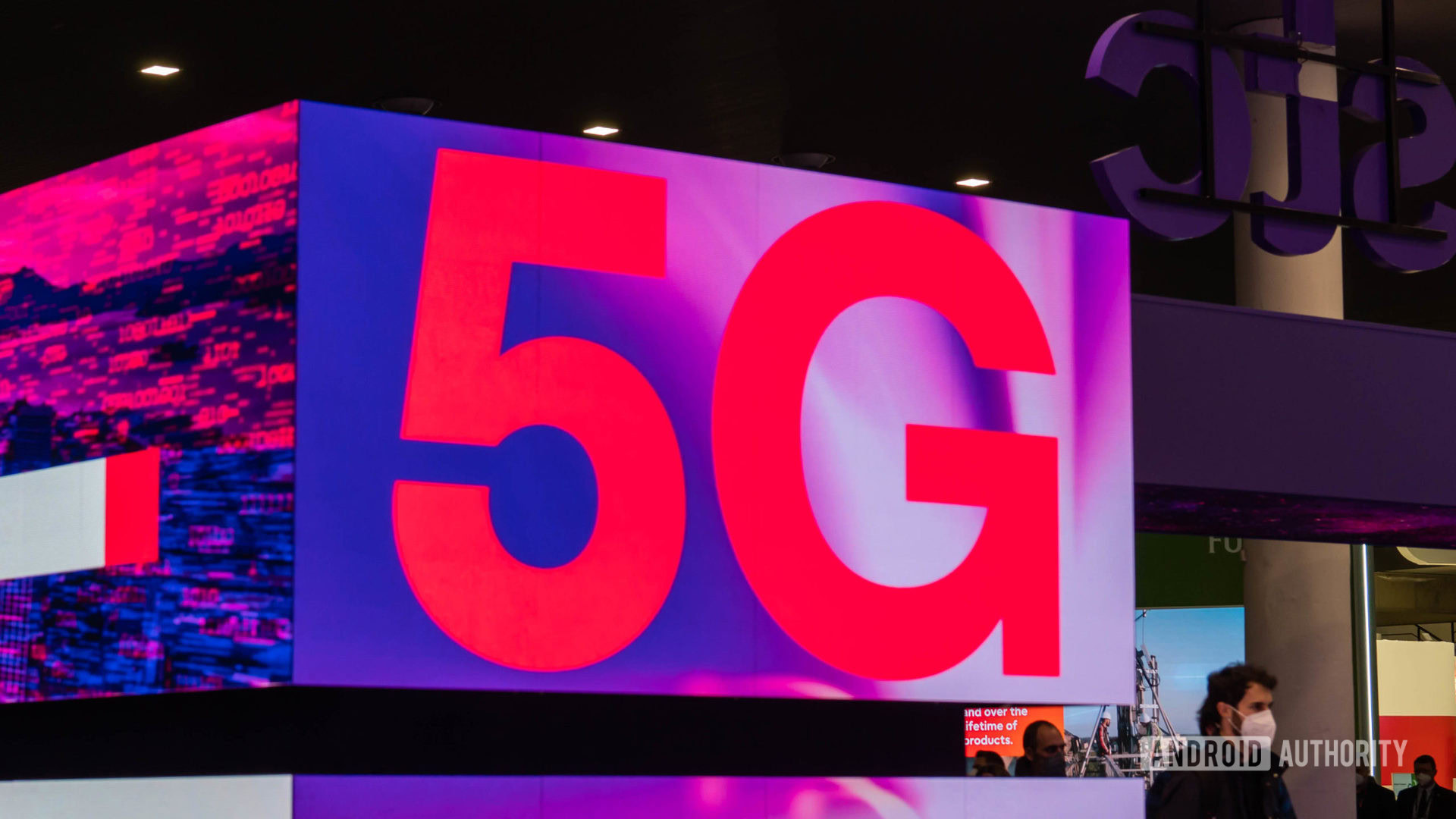
Kris Carlon / Android Authority
Perhaps one of the more mind-blogging talking points around the rollout of 5G was excitement for the unknown. Instead of telling us what 5G would do, many execs shrugged and said, “Let’s just build it and wait for the magic.” It was blind optimism at scale — expensive, undefined, and overmarketed.
Speaking all the way back in 2018, US carriers were already hyping up 5G without any real specifics. For example, Hans Vestberg, Verizon, speaking in 2018, claimed that 5G would usher in the “fourth industrial revolution,” while Marcelo Claure of Sprint opined, “Going from 4G to 5G is like going from black-and-white to color TV.” That sounds exciting but is ultimately meaningless, and so it turned out to be.
Marc Allera, CEO of BT’s Consumer brands also remarked: “When we launched 4G back in 2012 nobody called Netflix, Uber, and the explosion in social media platforms. What we do see is that when we build faster, better, more reliable networks, app developers can do more things, consumers can do more things, and the imagination of developers in serious applications, as well as fun, is unlimited.” Likewise, MediaTek’s Kevin Keating offered: “Until you actually start using [5G] and see what you can do with it, you can’t really imagine how you’re gonna change markets and industries with technology you don’t have in your hands.”
While it’s fair enough to admit that you can’t predict the exact things anyone will do with any new technology, hoping for others to fill in the gaps seems like a rather massive oversight. Especially given that 5G rollouts are expensive and have yet to provide consumers with any truly new and compelling use cases. Browsing Insta and consuming Shorts run just as well on 4G.
Of course, not everyone was wrong about 5G. Plenty of CEOs and pundits observed that 5G, particularly early non-standalone rollouts, might have been a solution looking for a problem. A pat on the back for everyone who correctly identified that progress was likely to be more gradual rather than a significant leap.
Still, those who sold 5G as a technological golden age in waiting were undoubtedly wrong, and maybe a little cynical. With 6G hype already on the horizon, here’s hoping the next revolution comes with fewer empty promises and more actual progress.
Thank you for being part of our community. Read our Comment Policy before posting.

